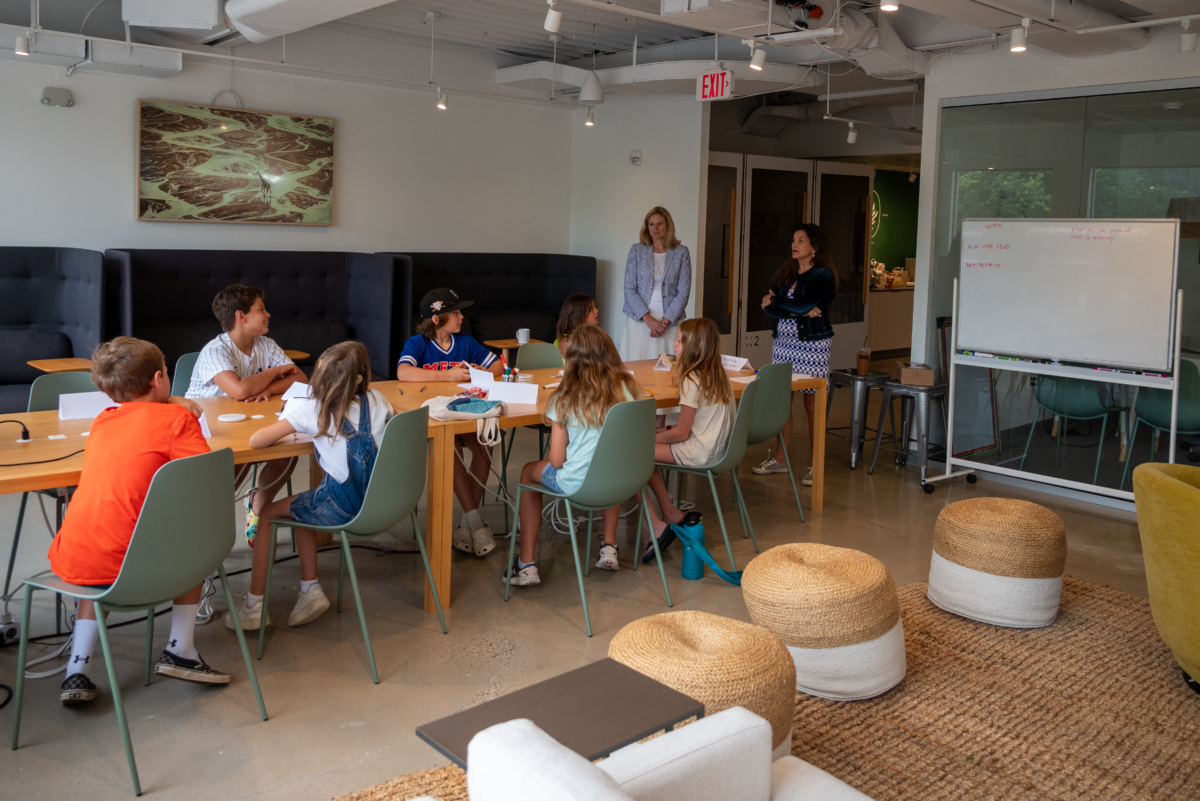
The National Oceanic and Atmospheric Administration (NOAA) has awarded a $250,000 Bay Watershed Education and Training (B-Wet) grant for a watershed research project conducted by graduate students from Western Connecticut State University (WCSU) in collaboration with Danbury High School students and the Danbury Department of Public Works.
The research will determine if carp previously introduced into Squantz Pond and Candlewood Lake to control invasive Eurasian watermilfoil resulted in having a negative impact native specifies of vegetation.
The project is being coordinated by Fairfield County high school science teachers David Herberger and Gregory Lewis, who are currently pursuing Master of Science degrees in WCSU”™s Integrative Biological Diversity program; the Danbury High School students involved in the research are Halle Alysandratos, Alondra Lenz, Tumiso Leshiba and Camila Gonzalez.
“The situation with vegetation in the lake isn”™t really talked about that much, and that”™s a big surprise,” said Herberger. “There are a lot of people who don”™t know what”™s going on in their own backyard, and this could have a big effect on the entire lake and the whole community. The stakeholders don”™t really understand the consequences of what could happen if there were no more aquatic plants in the lake.”
Photo: WCSU graduate student and Darien High School science teacher David Herberger (left) conducts research with Summer Watershed Steward Ambassadors from Danbury High School at Squantz Pond. Also pictured is Danielle Shubat, resource assistant at Connecticut Department of Energy and Environmental Protection Inland Fisheries (seated next to Herberger in boat). Photo by WCSU student Andrew Mark.





















